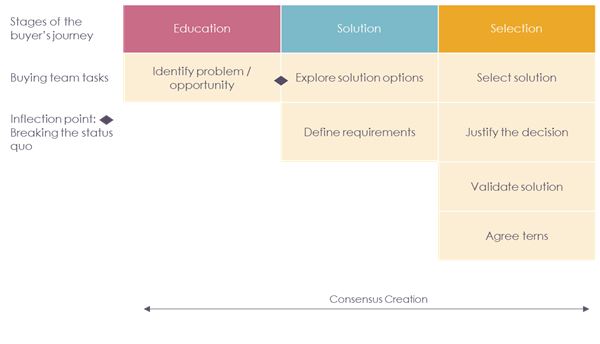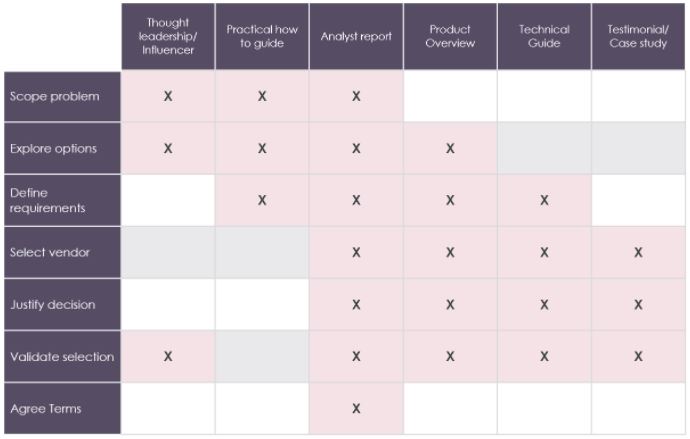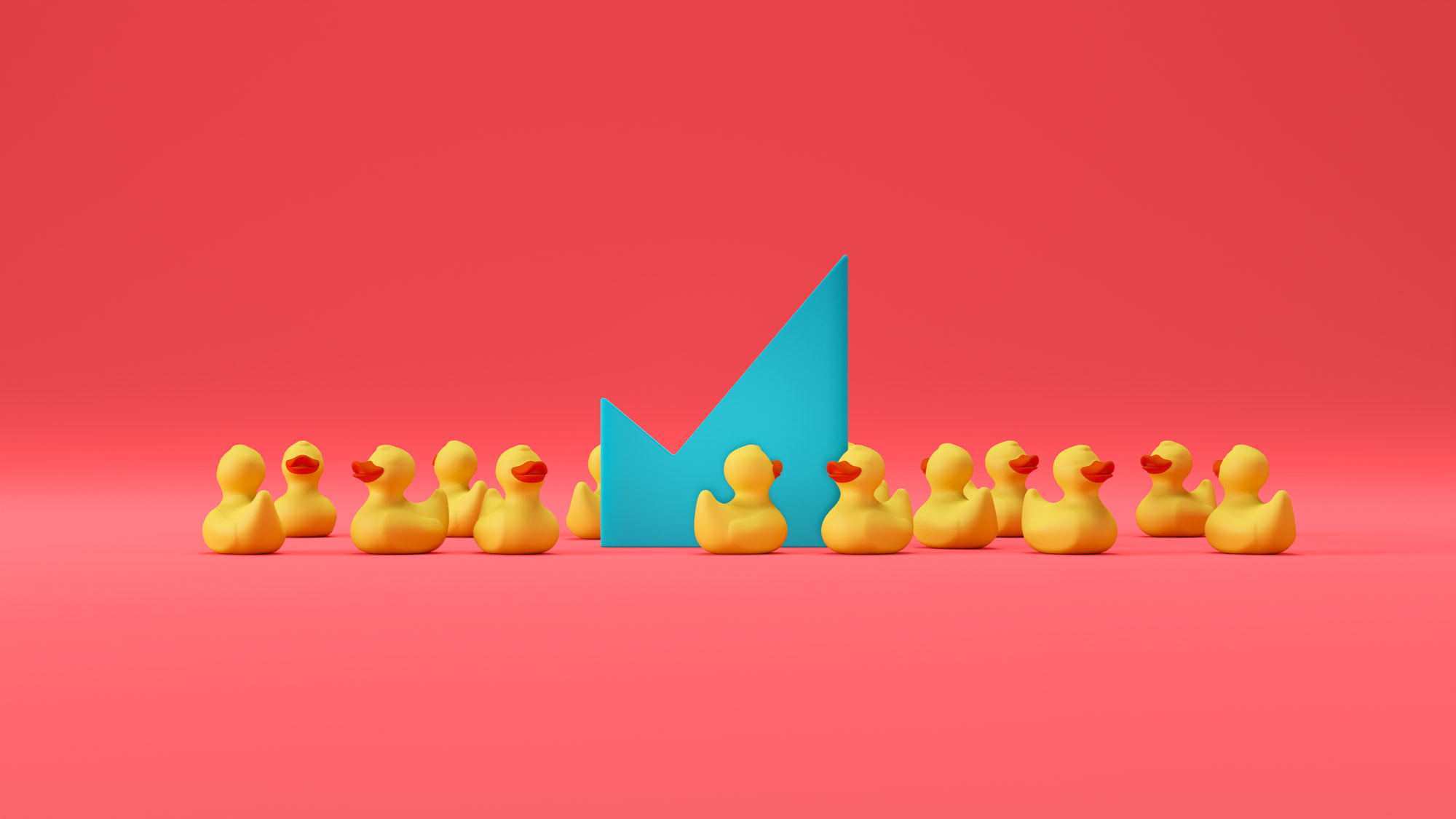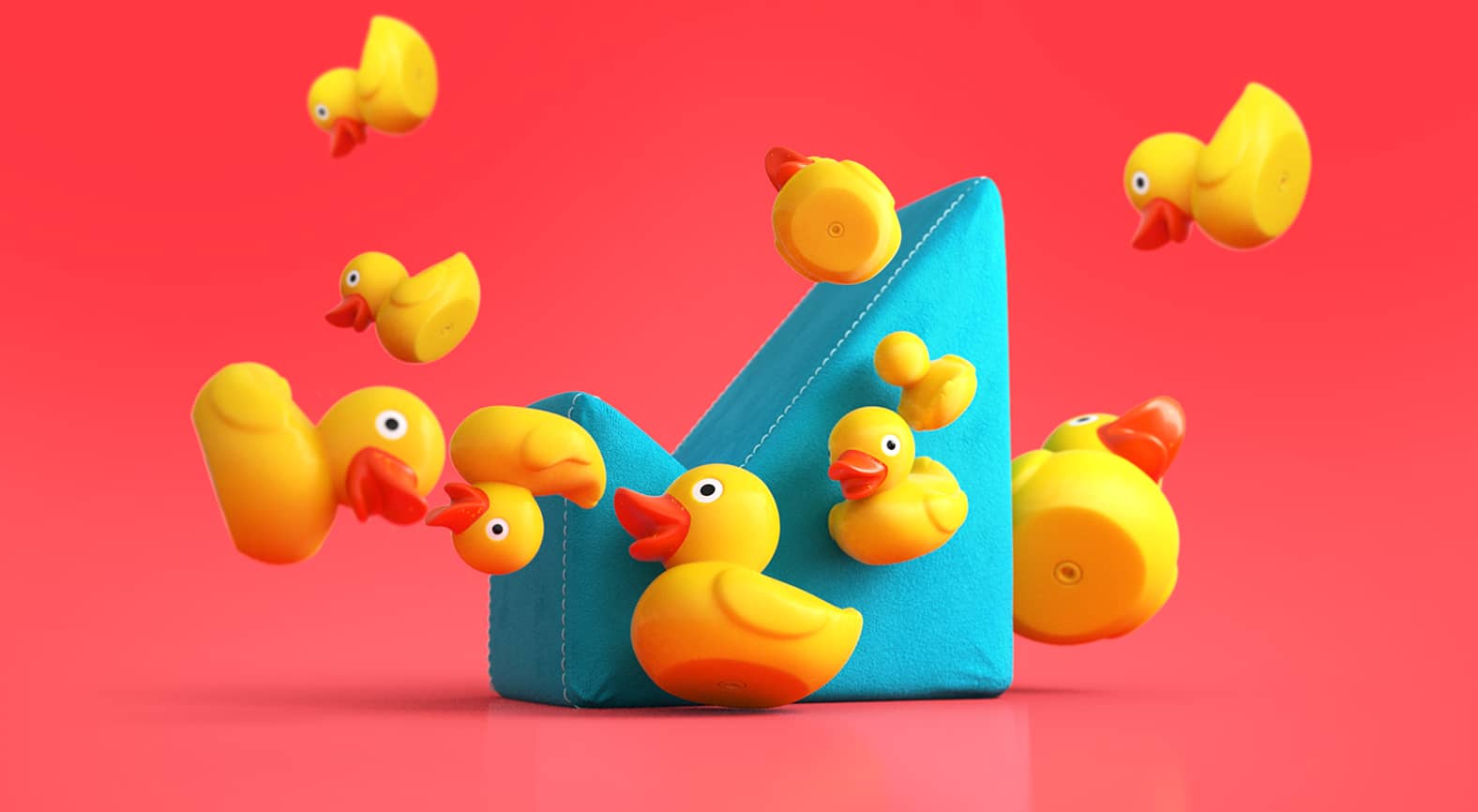The buyer’s journey is changing.
The evolution of B2B business practice and changes in buying behaviour are creating the conditions wherein the buyer’s journey is becoming a more important and sophisticated tool. In the last blog of this three-part series, I’ll describe some practical uses of the buyer’s journey we’ve proposed that will help deliver value to your business.
Let’s start with a recap of the buyer’s journey as discussed in Part 1 and Part 2 of this series.
We’ve combined ideas from both SiriusDecisions' highly influential and behavioral approach to the buyer’s journey of 2016 and Gartner’s more recent vision of buyer enablement. The design principles of that hybrid model are as follows:
-
Buyer’s journey stages are preserved due to their utility in content mapping and other forms of personalisation. We have used the three top level stages described by SiriusDecisions as a simple form of navigation, rather than embrace the more radical notion that they are no buying stages, only buying tasks – which are not necessarily sequential.
-
Beneath the stages of education, solution and selection we’ve added each of the buying jobs that need to be completed to purchase a solution.
-
Agreeing terms has been added as it is a legitimate buying task and also because its inclusion strengthens the alignment with Sales who are intensely engaged at this point – particularly in enterprise deals. Many procurement organizations recognize put a rigorous process in place, which Sales will encounter as a series of obstacles to agreeing terms and capturing effective methods in overcoming these will be extremely valuable.
-
SiriusDecisions' behavioral concept of "breaking the status quo” has been preserved as an inflection point that can be shifted left or right according to need. The biggest competitor in most sales is ‘do nothing’ so tracking this milestone is vital.
The Buyer’s Journey

Applying the buyer’s journey
A buyer’s journey is only as good as its practical application, so I’ve described several use cases, most of which are based on practical experience during my time as a CMO – they are not theoretical.
1. Capturing customer-facing insights
Building up a clear picture of your buyer isn’t easy despite all the data we capture today. A workshop hosted by Marketing and attended by customer-facing team members from Sales, Pre-Sales and Product Management can really help, using the buyer’s journey as a framework to guide the conversation and capture insights. Starting with observations from any part of the journey and assigning them to the various buying tasks is an easy way to start. When you have captured the obvious, identify the gaps and work towards filling them, re-assembling the team to review progress periodically.
2. Higher-precision content mapping
Content mapping is common practice, but account based marketing demands higher levels of relevance, which means the process requires a higher level of precision. Focusing on the actual tasks the buying team needs to complete as the basis for content provides tighter focus which can really help map "the right content, to the right people at the right time”. The matrix below does not describe a full content mapping process, but it does provide a useful additional step.
Mapping content types to tasks in the buyer’s journey

3. Increasing alignment
You would think that with the advent of ABM, with its requirement for Sales and Marketing alignment, would make the aligning of buying and selling stages common practice. However, our experience suggests that this is not the case. Moreover, the question of ‘how well are we meeting the objectives in each buying and selling stage?’ is also raised infrequently.
With the right attendees and a little preparatory work, these tasks are actually not that hard to accomplish via a series of workshops: the Sales stages and their objectives can easily be mapped out, and mapped to the stages of the buyer’s journey, together with an assessment of the buying team’s objectives. Once you have established these you can identify and plug any gaps and start to review how well your program meets the needs of both buyers and sellers.
Working through the buying and selling objectives at each stage will start to develop a common understanding and vocabulary based on the needs of customers, which is the key to increasing alignment between Sales and Marketing. In many organizations, alignment suffers because the perspectives of the teams are just too different to accommodate a shared understanding, and they do not share a common language. By developing a practical buyer’s journey together, Sales and Marketing will to develop a shared vocabulary and a shared set of beliefs that will greatly increase the alignment of the teams and their operating models.
For those organizations that develop their own products, the product organization needs to share that common understanding and vocabulary with Sales and Marketing, so bringing them into workshops that align the buying and selling journey will pay dividends.
4. Increasing buyer enablement and empowerment
Buyer enablement refers to the idea that Sales and Marketing succeed when they empower buyers with the resources and options they need to purchase your product in a timely manner. Specifically, buyers have three increasingly common expectations: self-education; rapid – if not immediate – gratification and personalization.
Buyer empowerment is a similar movement which requires relinquishing a great deal of the control of interaction with the brand and the delivery of a set of options and resources that enable both independent decision-making and a more tailored experience.
Both are powerful ideas but implementing them is highly dependent on your understanding of the buying team’s wants and needs.
The buyer’s journey can be used as the basis of an exploration of those wants and needs, in the light of each of the buying tasks in the journey. A very simple way to start might to ask the question, "what options do we provide for the consumption of our key resources?" Those options might include short-form or long form content, business or technical viewpoints, and video or audio formats. This is, of course, content mapping, but you can go beyond this by explicitly describing the options available and how they can be tailored to a given need. This takes you to a point where you are interacting with the buying team about their options and starting to empower them on that basis.
5. Reducing purchasing friction
Anyone who has worked in a Software as a Service (SaaS) environment is familiar with the idea of "low friction in, high friction out" as a mechanism to grow Monthly Recurring Revenue (MRR) and reduce customer churn. "Friction in" is the friction encountered during the buying process, and a buyer’s journey that describes buying tasks is an ideal framework against which to test and identify points of friction during the buying process.
It’s worth noting that SaaS marketers, particularly those who follow the Product Led Growth (PLG) movement, tend to think about selling to users based on their experience, rather than to buying teams based on completing a set of buying tasks. This approach also relies on user word of mouth far more than content. For me, this is simply a matter of ‘horses for courses’ – some products are suited to consumption-led growth tactics, whilst others benefit more from the more centralized buying team / buying task approach described here.
6. As a Framework to Interpret Data
This is something we are working on at the moment with our in-house technology and it looks very promising. The sheer volume of data available within the revenue ecosystem can be overwhelming, and a way to make sense of all that data is to align the CRM stages with the buyer’s journey and Marketing touchpoints, to create an account timeline that embraces both buying and selling stages and milestones.
Conclusion
As I hope you’ll agree, based on the use cases described here, there is substantial value in developing a buyer’s journey based on buying tasks.
Those organizations implementing ABM programs are likely to reap extra benefit from developing the buyer’s journey as they will be addressing two of ABM’s biggest challenges: aligning Sales and Marketing and personalising content at scale. In the next blog series, I’ll be describing our ABM program, which makes use the buyer’s journey discussed here.





